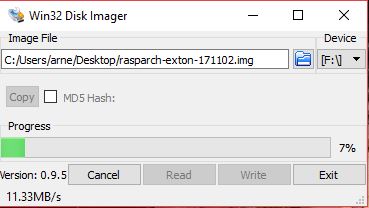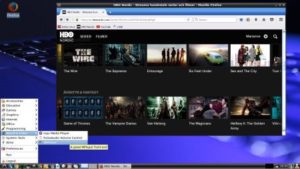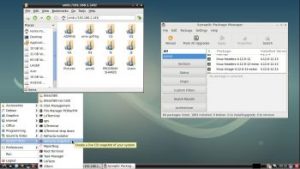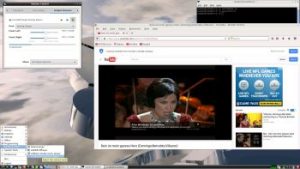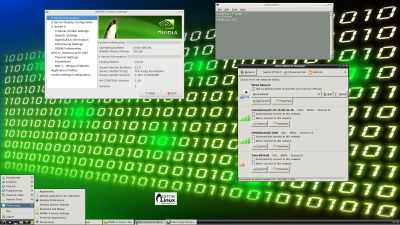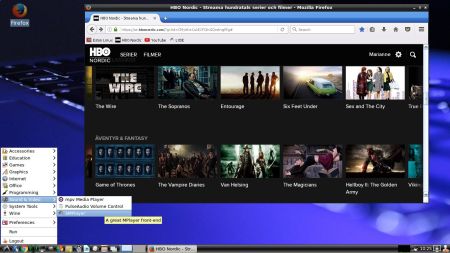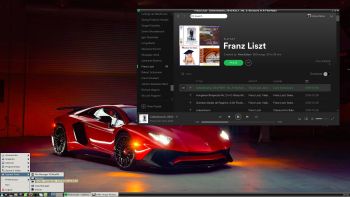 CruxEX 3.3 64 bit Linux Live USB is based on CRUX 3.3 (latest version, released 170212), which is all Linux enthusiasts/nerds favorite OS. (CRUX is a lightweight Linux distribution for the x86_64 architecture targeted at experienced Linux users. The primary focus of this distribution is keep it simple, which is reflected in a straightforward tar.gz-based package system, BSD-style initscripts, and a relatively small collection of trimmed packages. The secondary focus is utilization of new Linux features and recent tools and libraries. CRUX also has a ports system which makes it easy to install and upgrade applications). CruxEX 3.3 2018 uses the LXDE Desktop environment. I have replaced the original CRUX kernel with “my” special kernel 4.15.11-exton, with support for “extra everything”.
CruxEX 3.3 64 bit Linux Live USB is based on CRUX 3.3 (latest version, released 170212), which is all Linux enthusiasts/nerds favorite OS. (CRUX is a lightweight Linux distribution for the x86_64 architecture targeted at experienced Linux users. The primary focus of this distribution is keep it simple, which is reflected in a straightforward tar.gz-based package system, BSD-style initscripts, and a relatively small collection of trimmed packages. The secondary focus is utilization of new Linux features and recent tools and libraries. CRUX also has a ports system which makes it easy to install and upgrade applications). CruxEX 3.3 2018 uses the LXDE Desktop environment. I have replaced the original CRUX kernel with “my” special kernel 4.15.11-exton, with support for “extra everything”.
Kernel and installed packages
Kernel 4.15.11 is the latest available stable kernel as of 180321. Among all installed and updated applications are Firefox, Google Chrome (for Netflix), Spotify (a must-have!), GParted, PCManFM, Gimp and Wicd. Furthermore compilation tools so that you can install programs from source. Note: Spotify and Google Chrome are not in the CRUX repositories. Study ALL installed packages…
NEWS 180321
CruxEX 2018 is distributed only as a Zip file. Install my new version of CruxEX 3.3 64bit from 180321 to a USB Pen Drive and save your system changes – read this INSTRUCTION. If you later on decide you want to install CruxEX to hard drive from the USB Pen Drive all your system changes will also be installed to the hard drive.
Unique
CruxEX 3.3 2018 build 180321 is – as my previous CRUX-remasters – unique in the world. I.e. there is no other CRUX Live CD/USB (as far as I know). In any case, not for downloading.
SCREENSHOTS
1. The LXDE Desktop with Spotify running
2. Netflix running in Google Chrome
3. Showing Google Chrome version
4. Root’s Desktop with Wicd running
|
|


